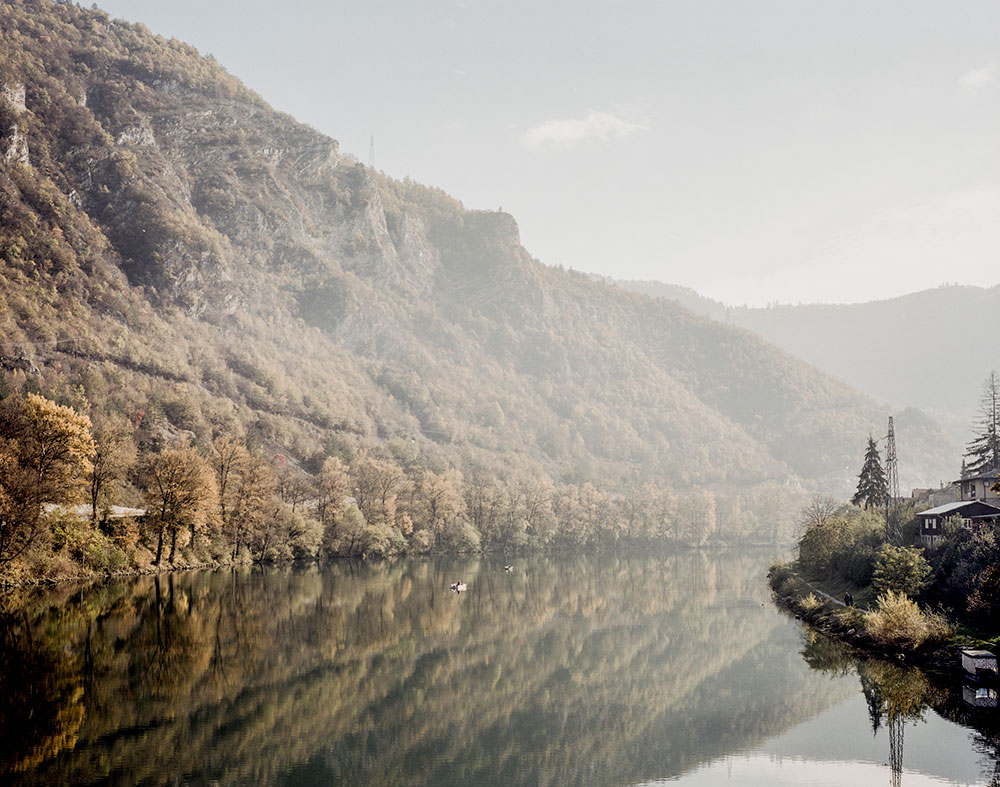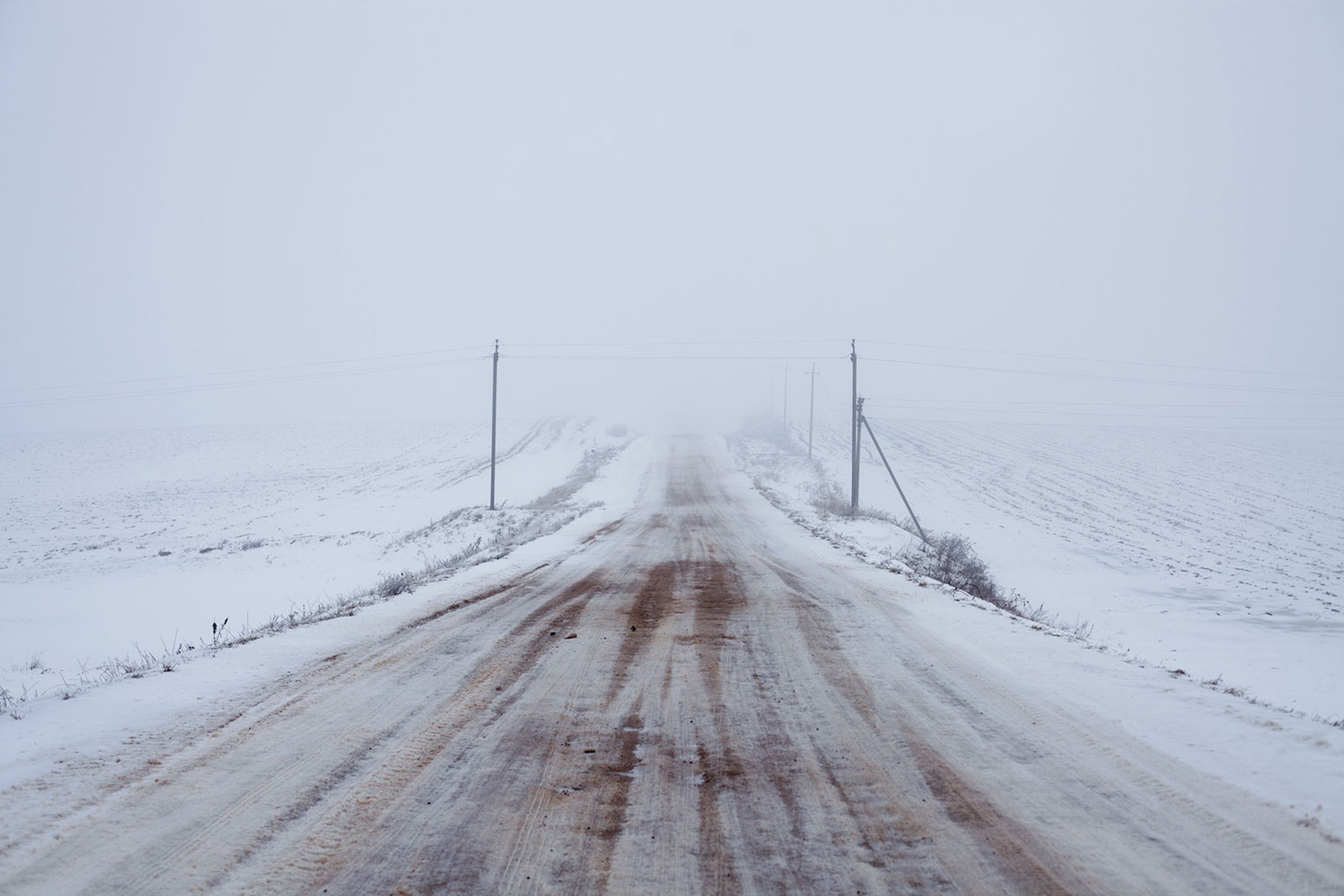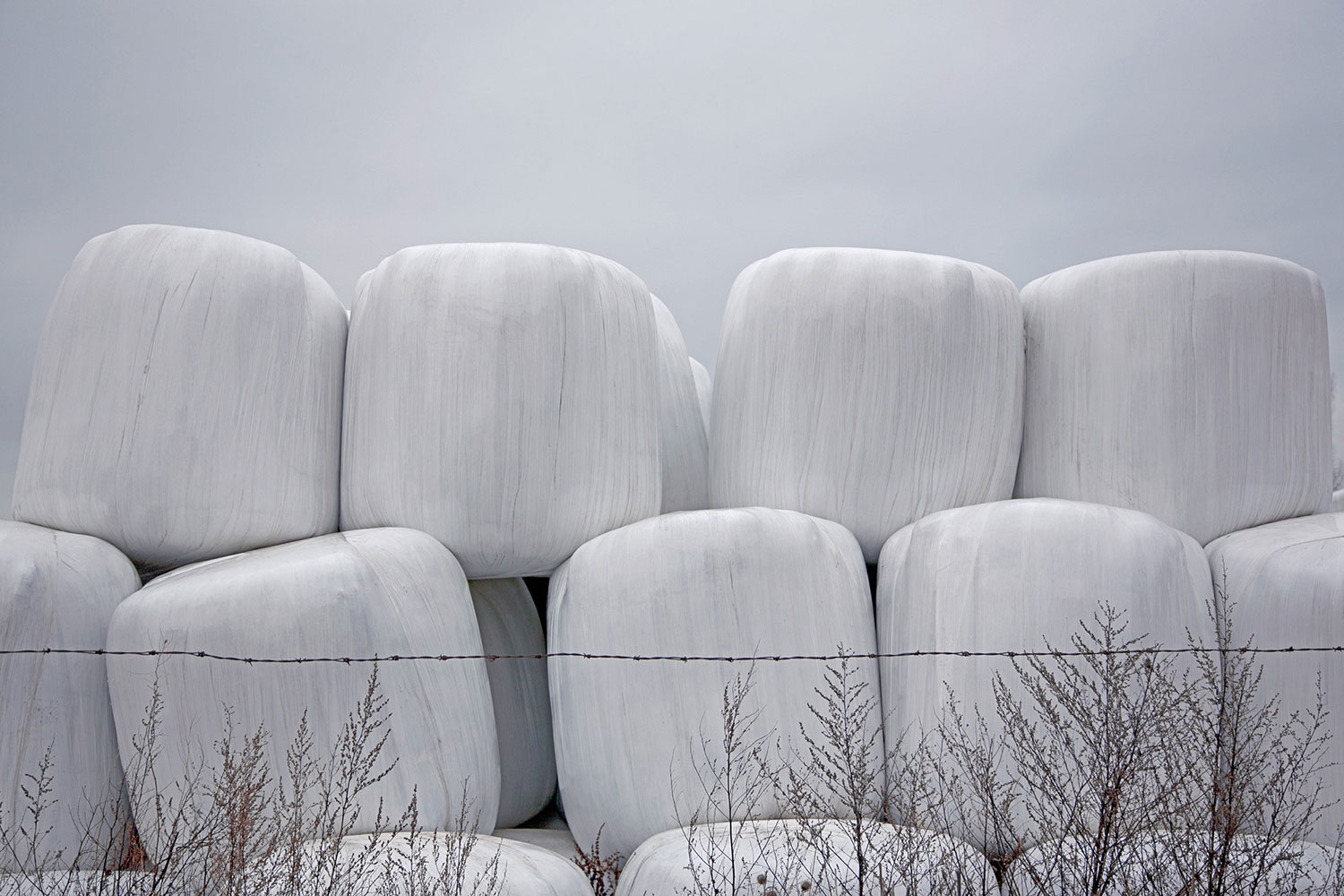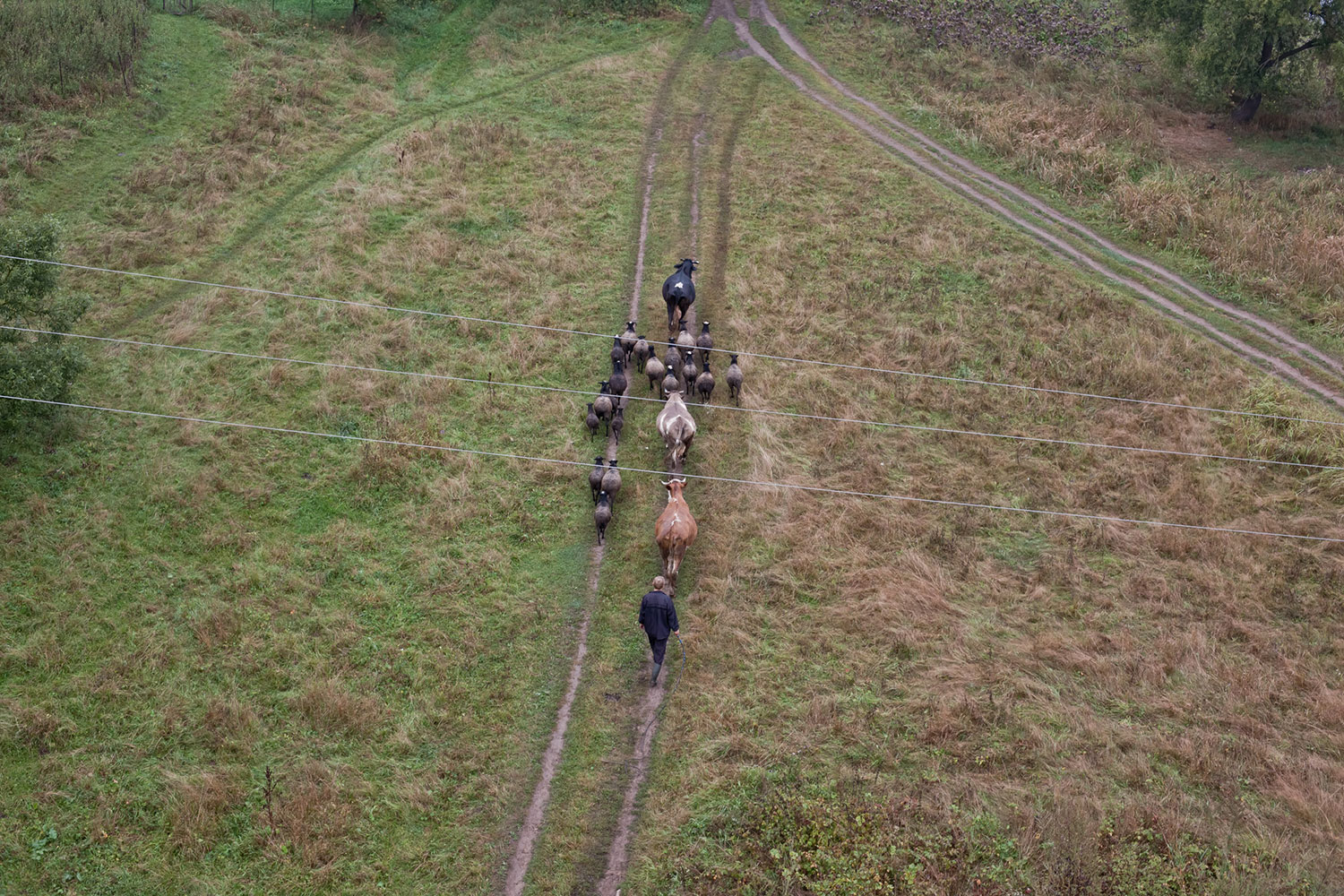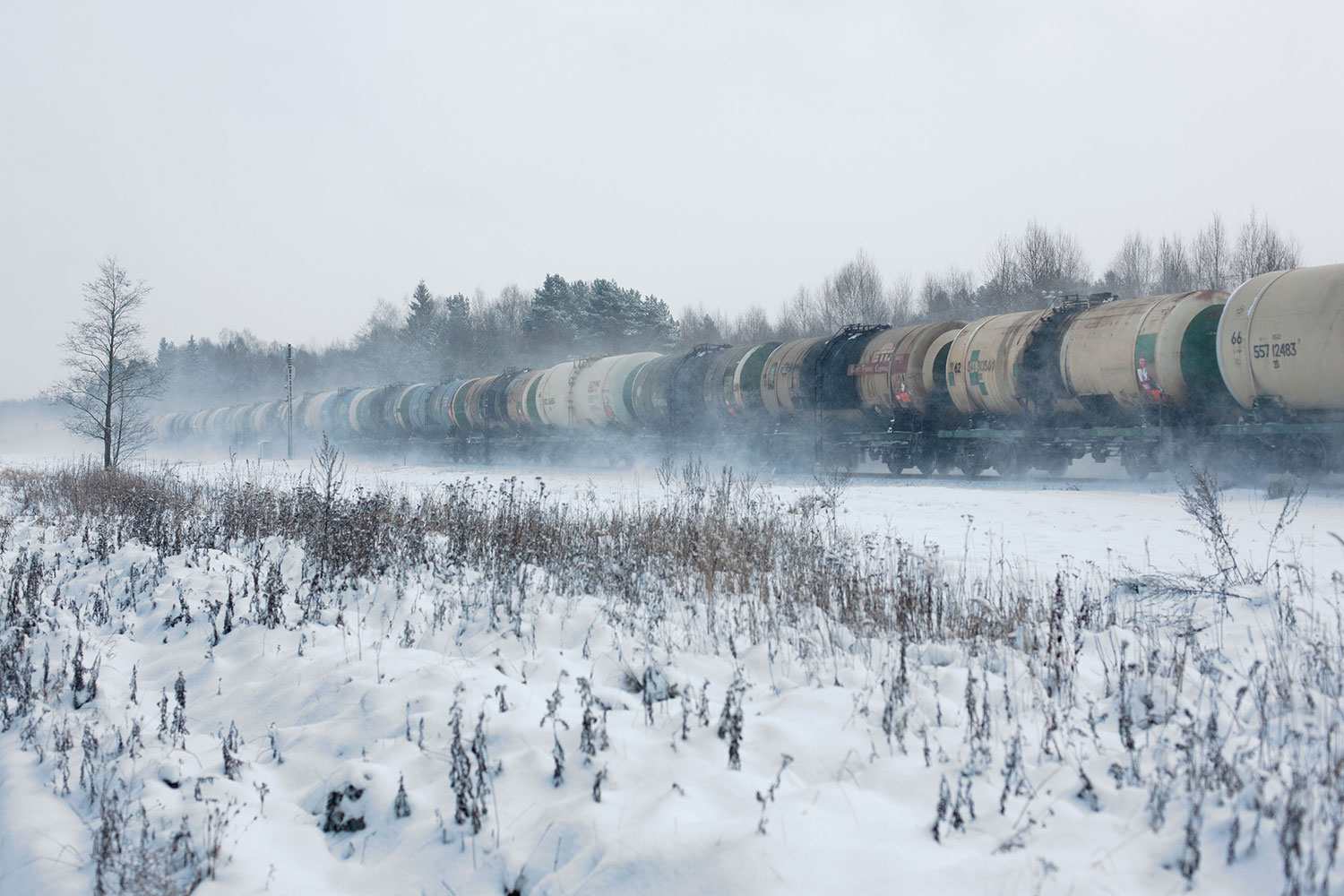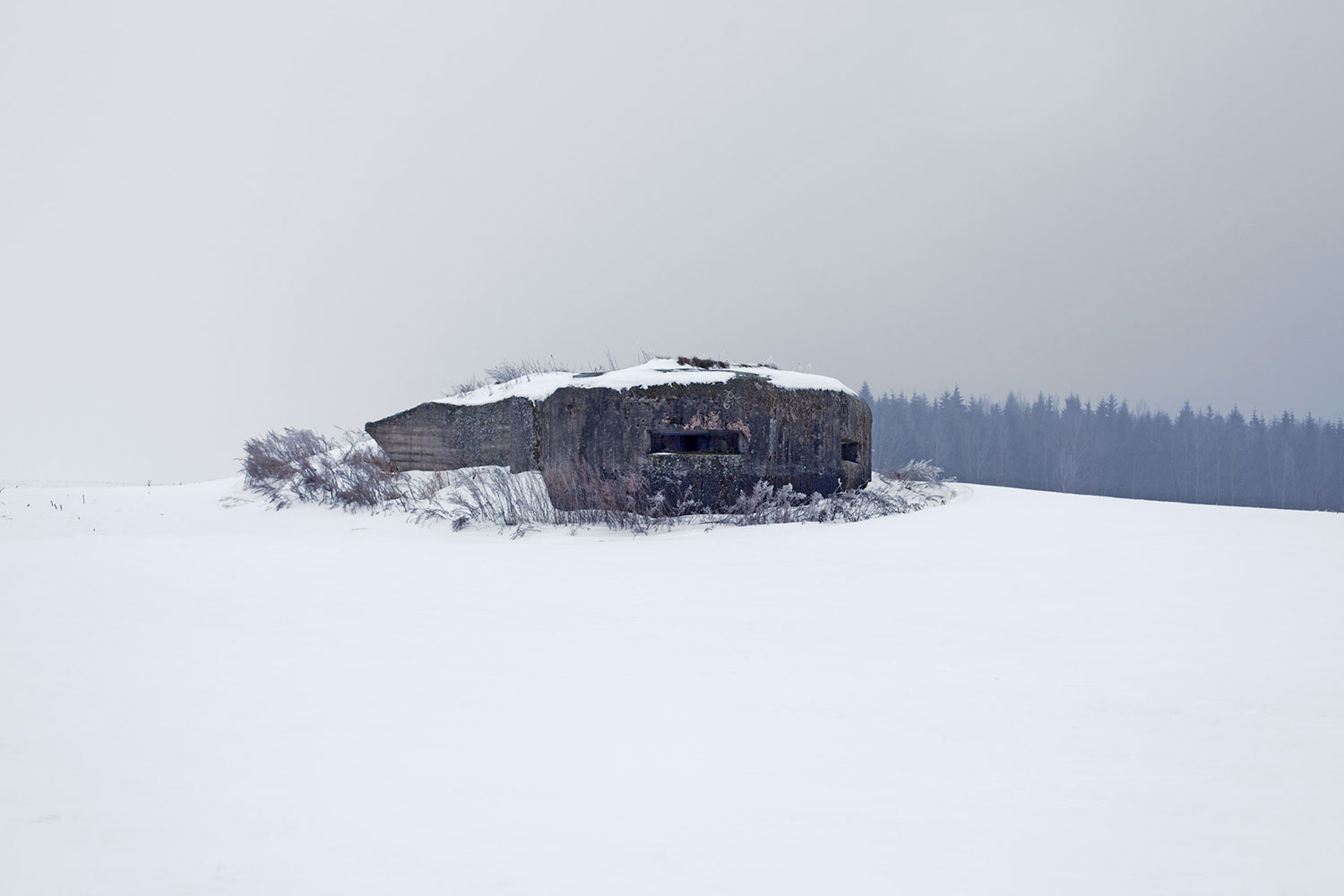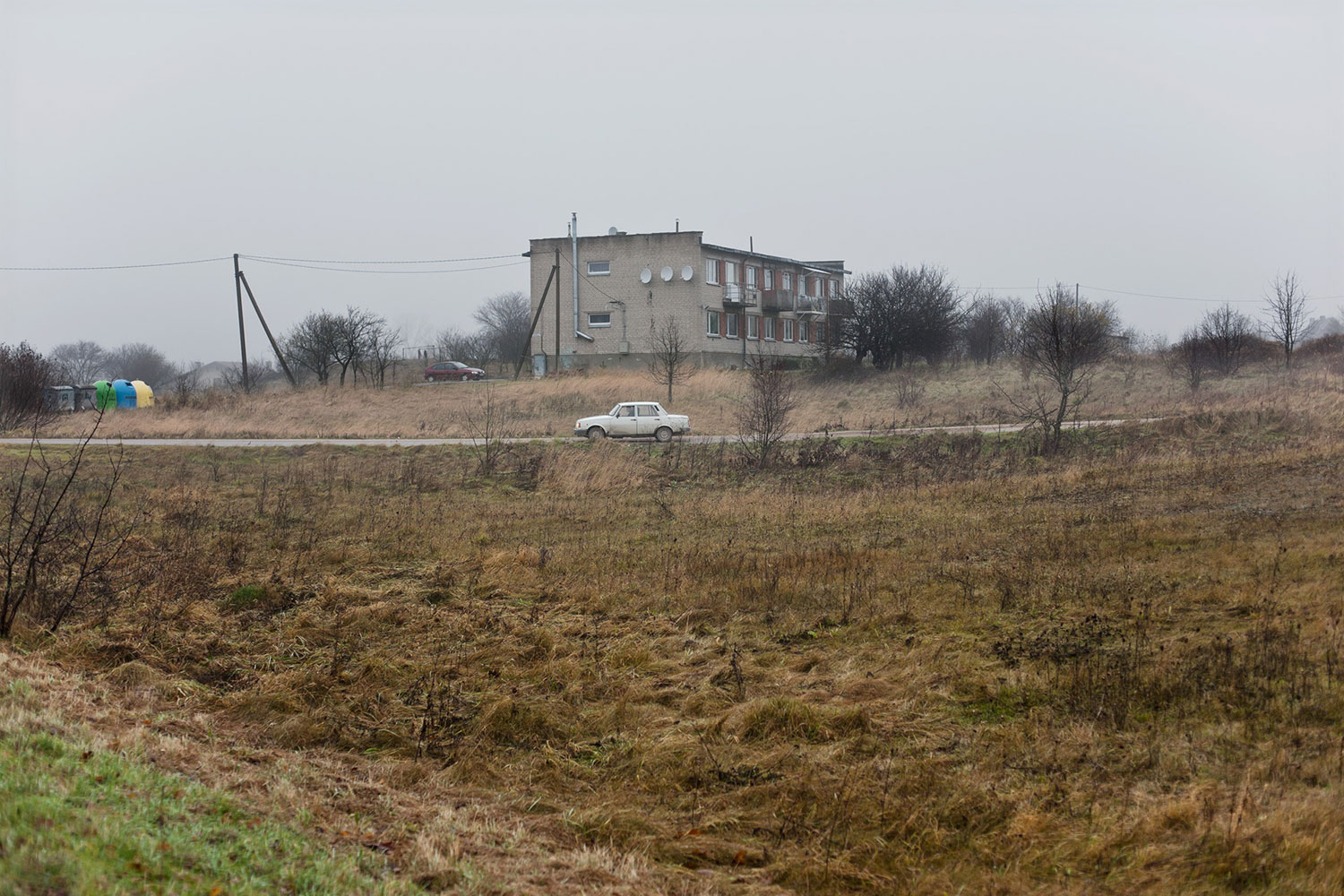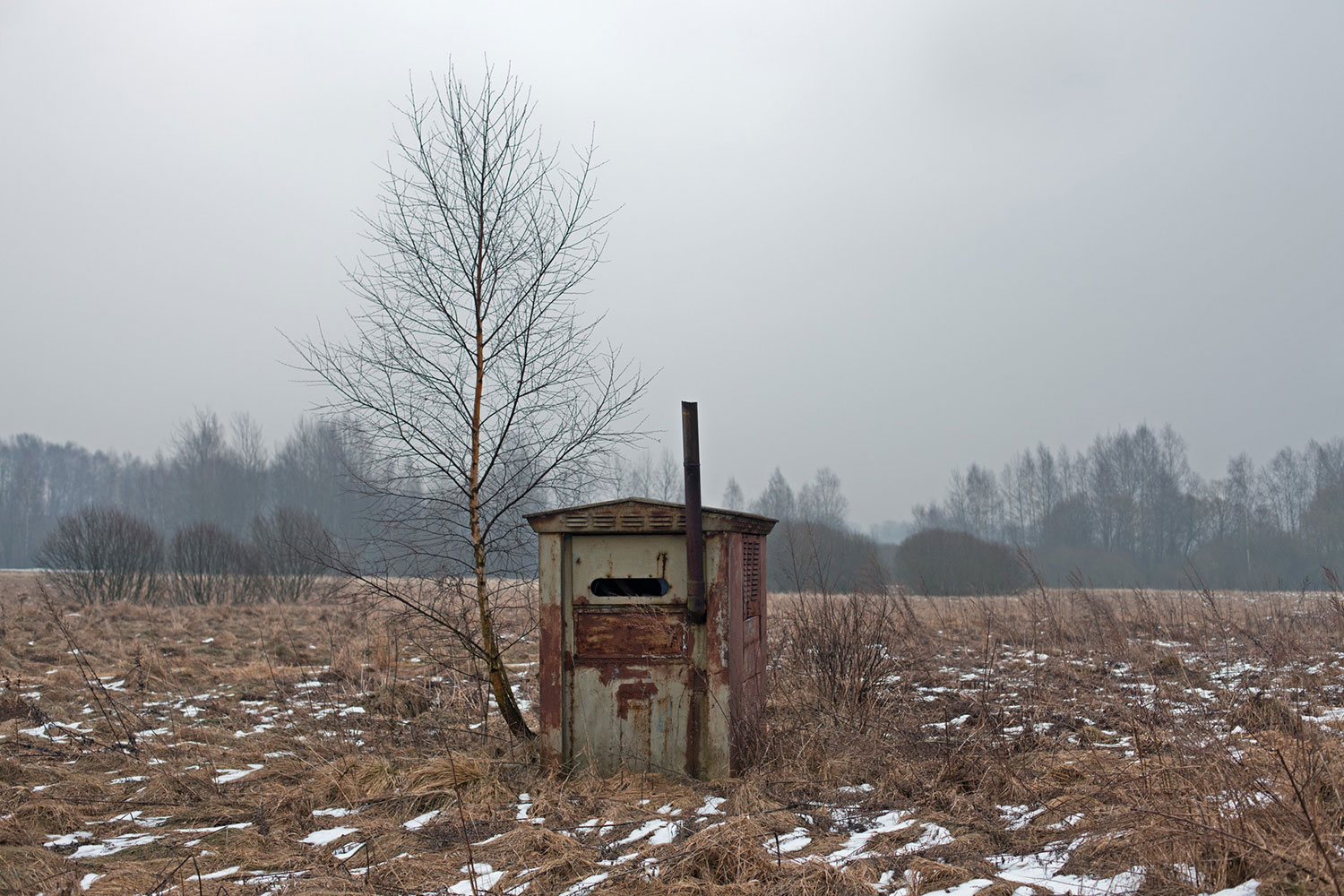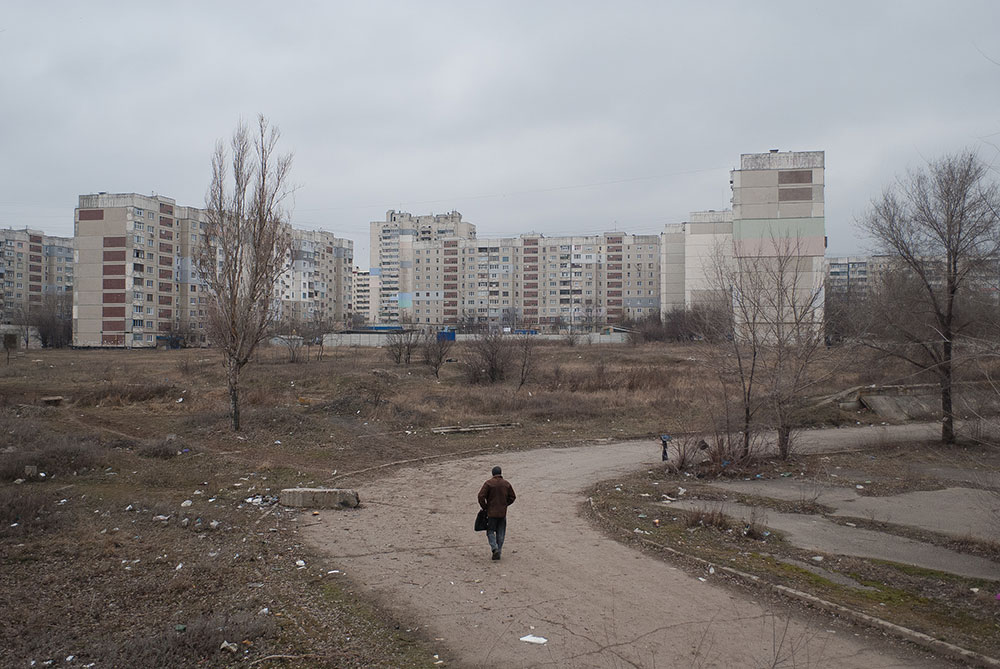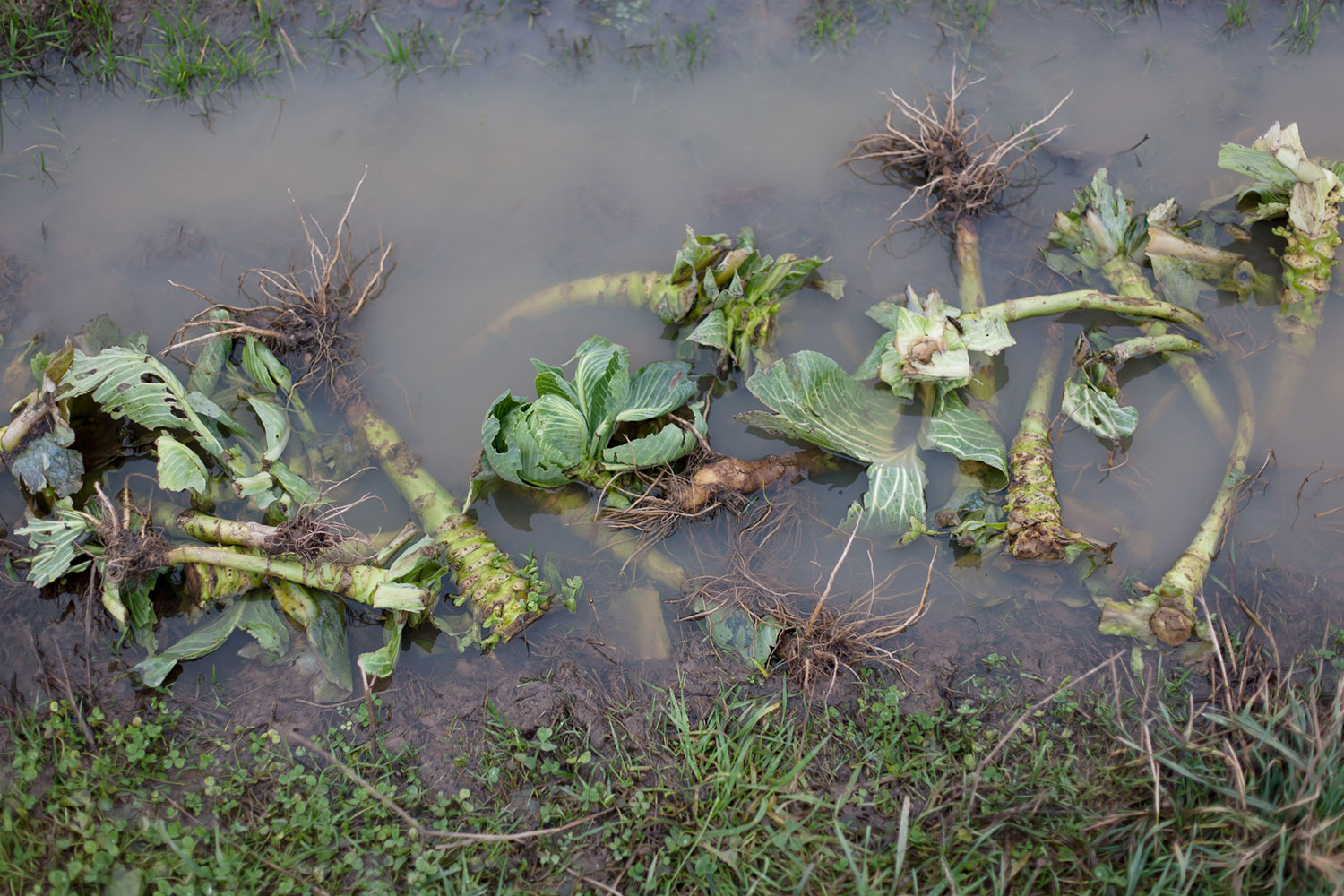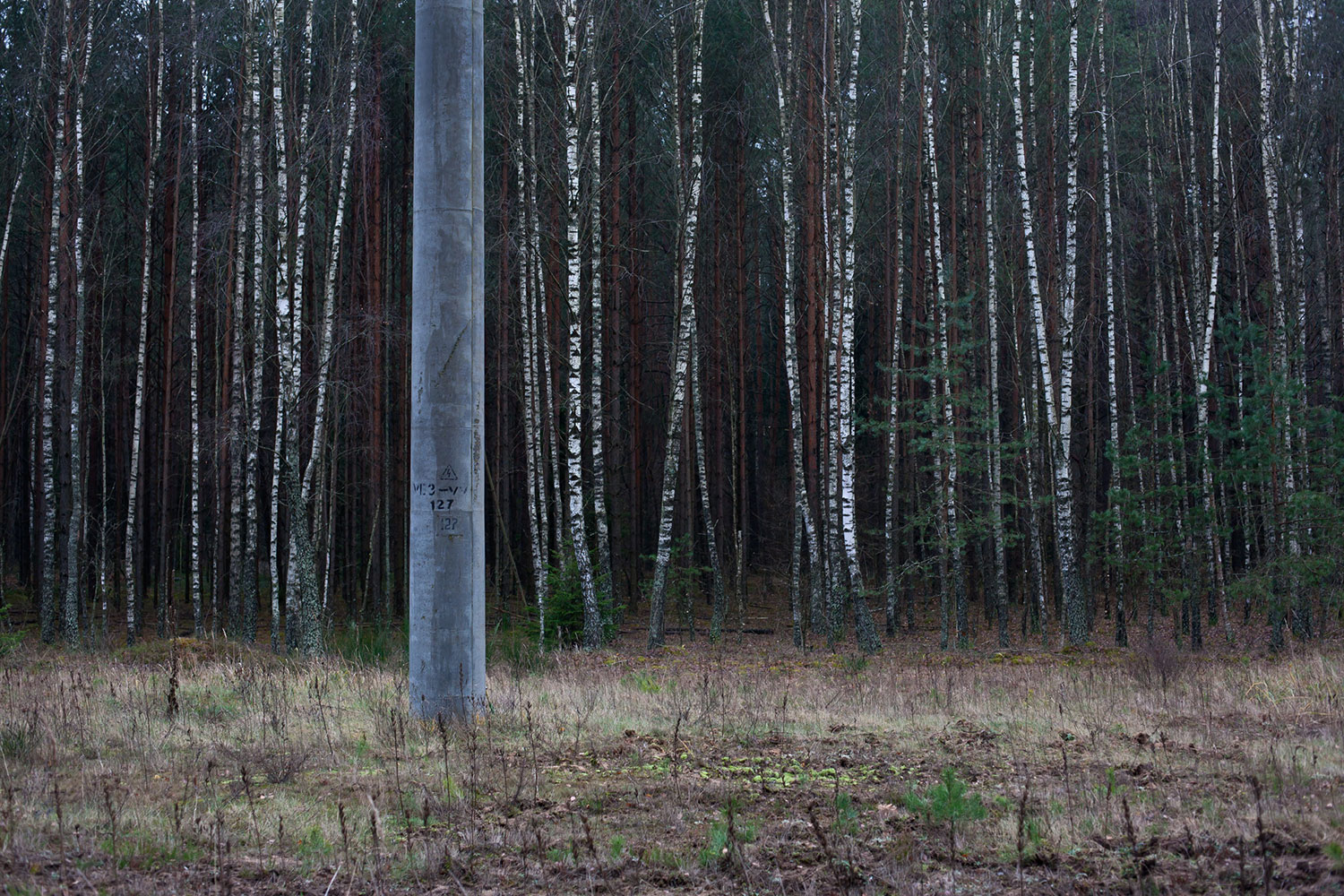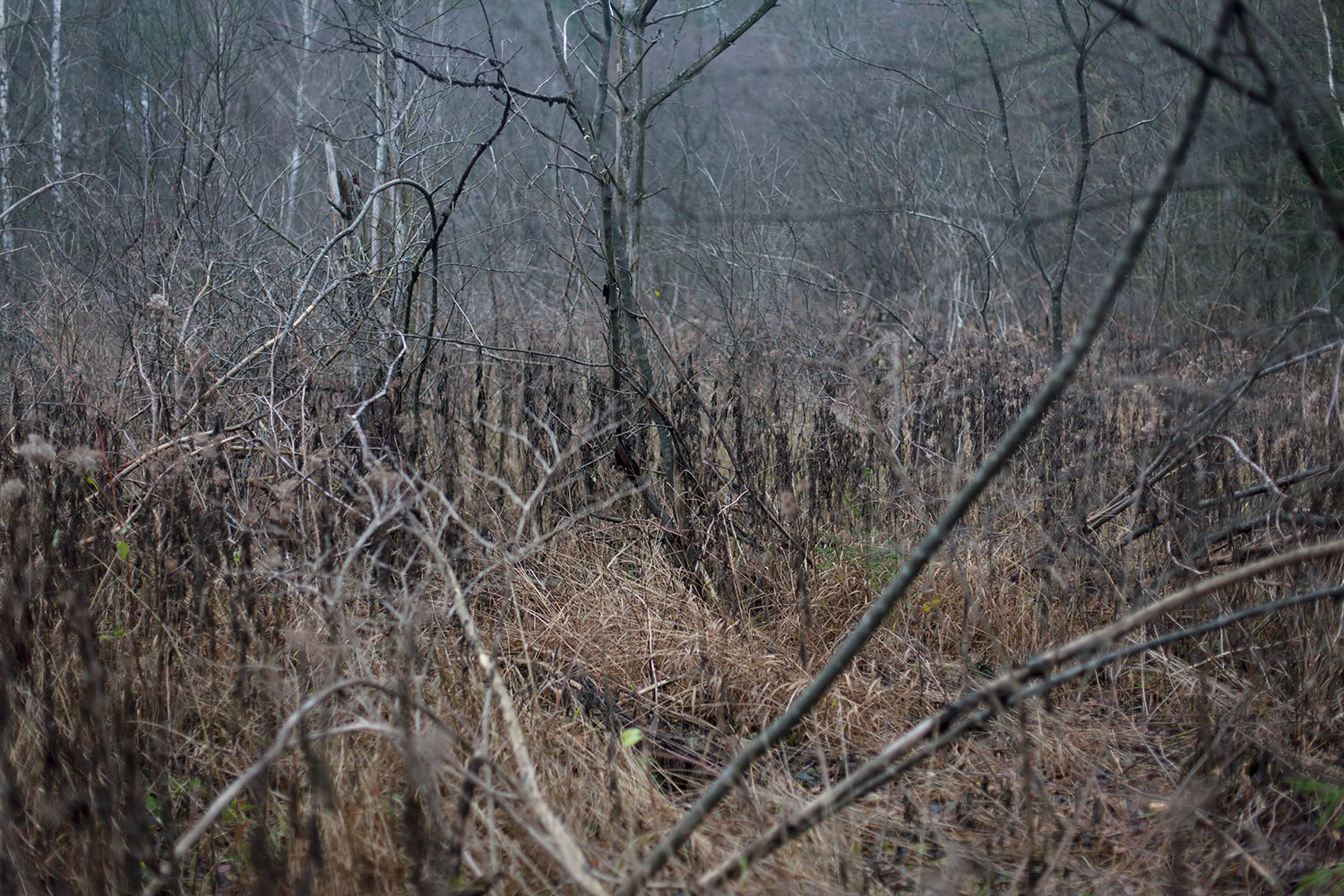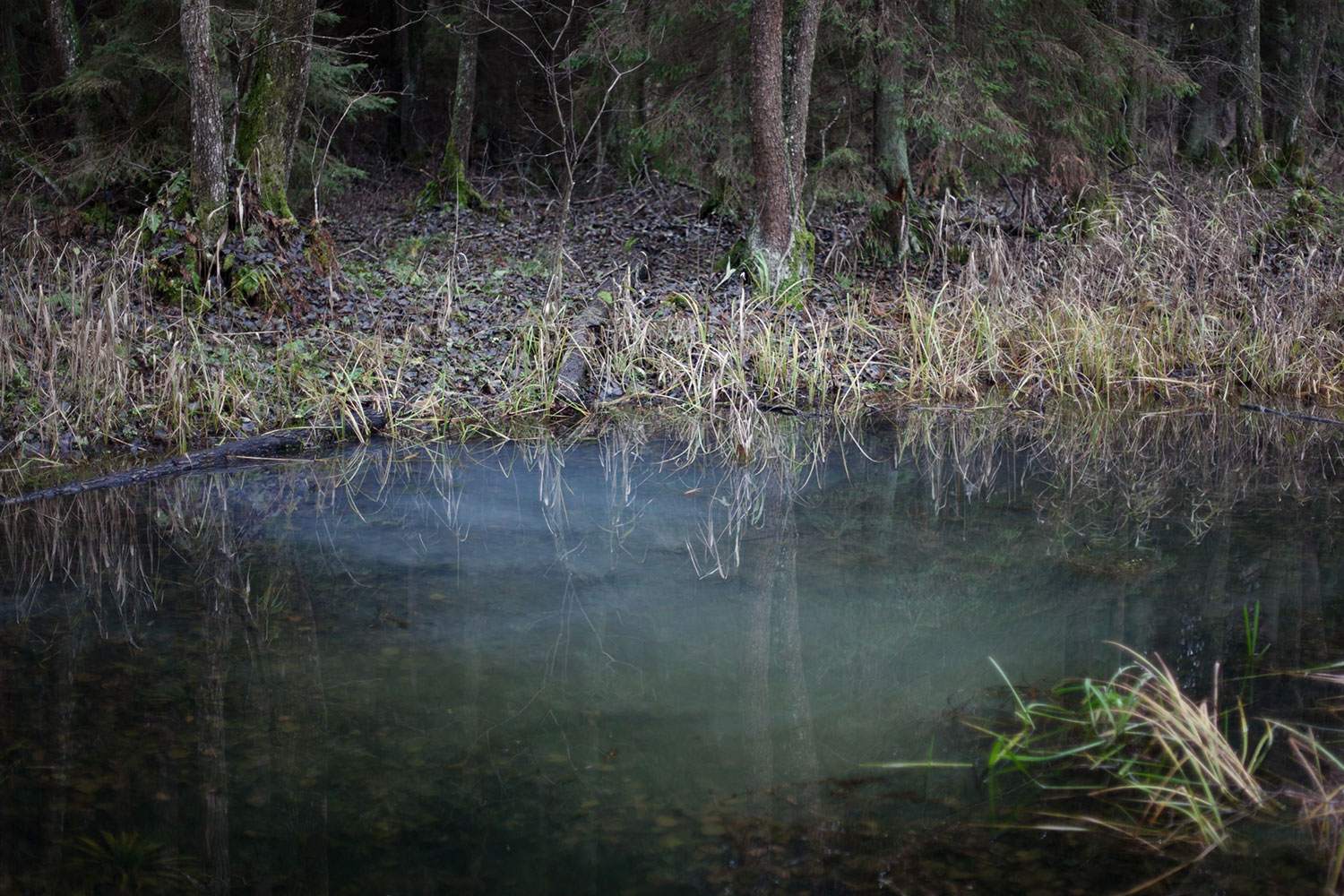To complete his book Clear of People, photographer Michal Iwanowski embarked on a solitary 2200km journey in wilderness charged with history and personal memory. Iwanowski, who was born in Poland and is now based in Cardiff, Wales, retraced a passage his grandfather and great uncle made in 1945 after escaping from a gulag to return to their homes in Wrocław, Poland. 70 years later Iwanowski returned to the lands of struggle and survival to figure out for himself the unbreakable links between landscape and memory. He told The Calvert Journal about his experience.
In autumn 2012 I was invited to spend a month at an artist residency at Kaunas Photographers’ Gallery in Lithuania. It so happened that my grandparents had been born and lived in Vilnius up until the end of the war, so I had a good starting point. It was an instinctive reaction for me to put on my walking boots and start making my way from Kaunas towards Vilnius — in search of places, people, smells and memories that were not mine, but which I knew very well from the stories I had heard. I was compelled to make a personal pilgrimage to the place of their youth and investigate that curious feeling I was experiencing — a feeling of belonging, of being home despite never having been there before. And once I started walking, I did not want to stop. Of course, once I got there a few weeks later, I found nothing of them, nothing but an overwhelming need to carry on with the search for the connection to the past.
I then decided to retrace the epic journey my grandfather had had to make. He and his brother, both partisans, had been arrested in 1944 and sent to a gulag in Russia, from which they escaped. After three months on the run, they were reunited with their family in Wrocław, Poland. The records of the journey came mostly from my great uncle Wiktor. He was an eager storyteller and kept a rich archive of documents and objects from that period, including metal tobacco tins he used to make in the gulag to trade for food. Already during their escape in 1945 he was taking notes on scraps of paper, mapping out landmarks and events, trying to keep track of their journey. Those notes made it to Poland with him, and became the factual backbone of a book he wrote and self-published in 1994. In it he recalled the people, places and events of that time. I got a copy of the book from my grandmother and took it with me on my travels. There was a detailed map inside, which allowed me to plan my journey step by step. It guided me through pivotal places my great uncle had described.
A few days in, I found myself in a strange hypnotic state. The trees were like a metronome, passing by my peripheral vision, counting some sort of a rhythm
Luckily for me, walking is my preferred means of transportation. I learnt during my residency in Kaunas that I can easily cover 30 km a day, and that walking is the best way for me to photograph. It is just the right pace, just the right rhythm for the eyes to scan the surroundings without getting tired. Walking felt satisfying and rewarding — or at least that is how I remember it. I planned each day carefully by comparing my uncle’s map with Google maps, remembering the route by landmarks (usually a lake, a river, railway tracks — anything that I would be able to recognise). I would stock up on chocolate bars and water, get my hiking boots on, and just walk. I talked a lot, mostly to myself, and sometimes to my grandfather. The wilderness is perfect for that kind of experience.
I felt safe on my own in the landscape. The police in Belarus tested my deeply ingrained fear of authority a few times. Of course there were days when I struggled physically, especially in bad weather. Walking uphill, against the wind for eight hours in wet clothes was not the easiest. Or when the temperature dropped below -15C at times, the battery in my camera would not hold up for long, and it was generally hard work. But I kept myself in check by remembering how much more difficult it had been for the real fugitive, my grandfather. I was not in danger. I was not hungry. I had a smartphone to call for help if I needed to. So there was really no justification for self-pity, even though it was tempting at times.
The visual language for this project developed almost immediately and was dictated by the process of walking itself. I had assumed I would see a variety of exotic landscapes, but instead it all appeared very familiar. I recognised it from my childhood in Poland. I learnt very soon that landscape — as much as I appreciate it — tends to be quite repetitive and often boring. A few days in, I found myself in a strange hypnotic state. The trees were like a metronome, passing by my peripheral vision, counting some sort of a rhythm. And I soon realised that my eyes became super-sensitive to anything out of the ordinary. Something as small as a shape of a branch or a stone — I immediately paid attention to anything that was slightly odd. Like a bovine skull stuck in a tree trunk tucked away in the woods. The primordial function of my eyes just kicked in and I was scanning the land effortlessly almost in a subliminal way. And then I saw the wonder of it all. The subtle architecture of plants — elements I would not otherwise pay any attention to. It was one of the most rewarding aspects of this long-distance process. The way I look at the world has changed and my eyes have not been the same since.
It was haunting to discover that some elements of the landscape have not changed in the last 70 years. My uncle described a railway bridge leading into Kozielsk where they had been ambushed and my grandfather was shot. As I stood on that bridge, I could see exactly where that scene had taken place. That was a moment of intense connection. I spent a couple of days in the area and kept returning to that bridge, reigniting that feeling. I definitely gained a new perspective on time while working on this project. I am not sure if it maybe comes with age, or if it has come through this work, but suddenly 70 years does not feel that long ago to me any more. Landscape changes so much slower than people are equipped to notice and appreciate. We need to make time lapses to speed up and observe the slow change in the landscape. But as I walked, it was almost like being in a time capsule. The trees, the roads, the rocks and hills looked the same to me as they had to my grandfather, I am sure of it now. At times I almost felt we were occupying the same space, crossing the river Oka at the same time, keeping to the same path, hearing the same foresters’ saws in the distance. My connection with the landscape was very strong and somehow inexplicable. As if it were my ancestors’ memories.
Interview: Anastasiia Fedorova
Image: Michal Iwanovski
